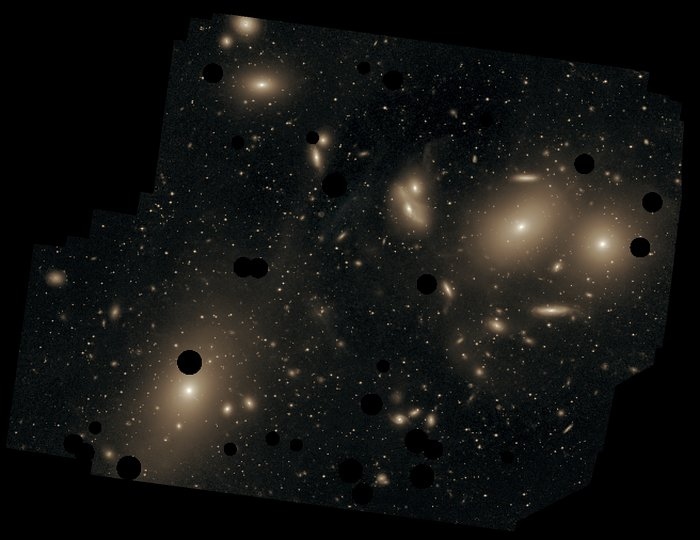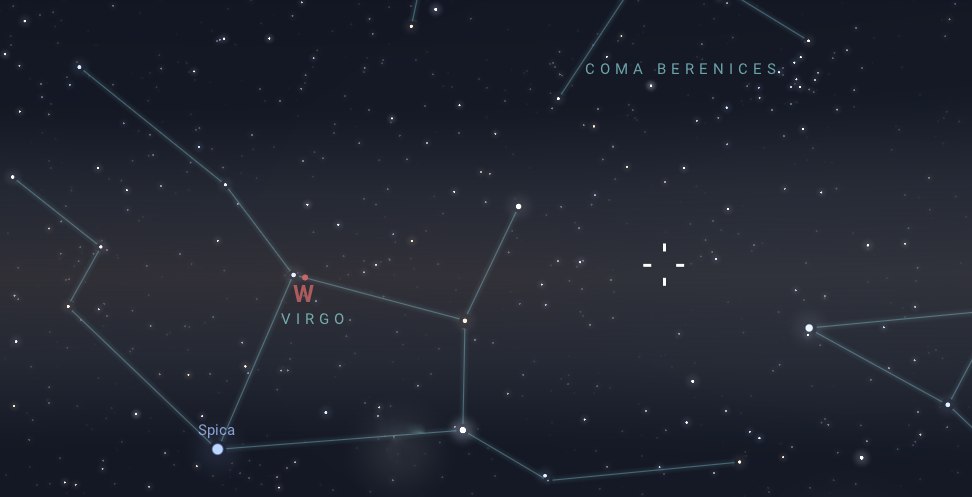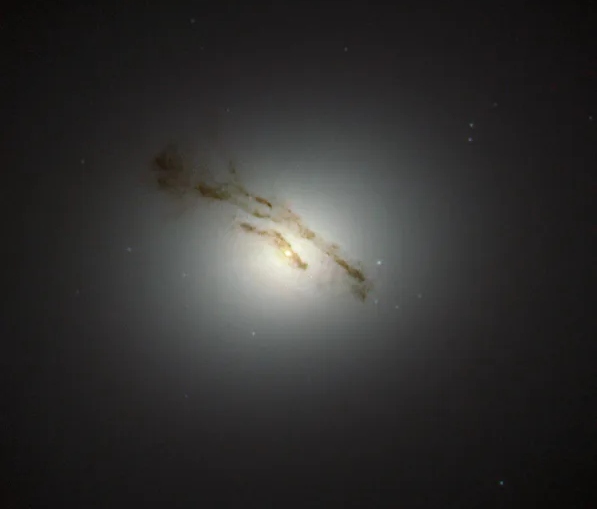Messier 84 (M84) is an elliptical or lenticular galaxy situated in the Virgo Cluster, a rich assembly of galaxies located in the constellation Virgo. It was discovered by the French astronomer Charles Messier in 1781 and later included in his famous catalog of deep-sky objects.
Basic Information
M84 lies at a distance of approximately 60 million light-years from Earth and is a prominent member of the Virgo Cluster, which itself is about 54 million light-years away. The galaxy has a diameter of approximately 64,000 light years, making it significantly smaller than the Milky Way. Gravitational interactions with other galaxies in the Virgo Cluster can lead to shocks and turbulence in the interstellar medium, further contributing to the ionization of gas within and around galaxies like M84.

Structure and Composition
M84 exhibits characteristics typical of elliptical or lenticular galaxies, such as a smooth, featureless light profile without the distinct spiral arms seen in spiral galaxies. This structure suggests a population dominated by older, cooler stars with little ongoing star formation. The lack of significant interstellar gas and dust in M84 supports this observation, indicating that the galaxy’s stellar formation activity has largely ceased.
One of the most intriguing aspects of M84 is its central region, which houses a supermassive black hole. Observations using the Hubble Space Telescope and radio telescopes have revealed jets of high-energy particles emanating from the galaxy’s core. These jets are evidence of active galactic nuclei (AGN) activity, where material falling into the black hole releases tremendous energy, often visible across the electromagnetic spectrum. This AGN activity classifies M84 as a low-luminosity active galaxy.
The ionized gas in M84 is often observed in the form of jets and emission lines, which are typical signatures of AGN activity. These jets, composed of high-energy particles, are ejected from the regions close to the black hole and travel outwards at relativistic speeds, ionizing the surrounding gas as they move through the galaxy. The ionization of the gas results from the intense radiation emitted by the material as it is accreted by the black hole, causing electrons to be stripped from atoms, thus creating ionized gas.
M84 also exhibits a noticeable amount of globular clusters in its halo. These clusters are dense collections of old stars, providing valuable clues about the early stages of the galaxy’s formation and the history of the Virgo Cluster. Additionally, M84’s interaction with nearby galaxies in the cluster has influenced its evolution, contributing to its current morphology and star composition.
Observation
In terms of observational data, M84 has an apparent magnitude of about 10.1, making it accessible to amateur astronomers with medium-sized telescopes under good conditions. It can be located roughly midway between the bright stars Denebola in Leo and Vindemiatrix in Virgo. When viewed through a telescope, M84 appears as a small, bright oval, gradually brightening towards the center. With binoculars, M84 may appear as a faint smudge of light when observing from a location with minimal light pollution and during clear, moonless nights.

Since M84 is located in the constellation Virgo, which lies along the ecliptic plane, it is most easily visible during the spring months in the Northern Hemisphere and the autumn months in the Southern Hemisphere, namely March to May. In the southern hemisphere, it will appear inverted.
M84’s location within the densely populated Virgo Cluster and its various dynamic features make it a key object of study for understanding the properties and interactions of galaxies within clusters. Its active nucleus, population of globular clusters, and interaction history provide rich data for astronomers investigating galaxy formation and evolution in a cluster environment.



